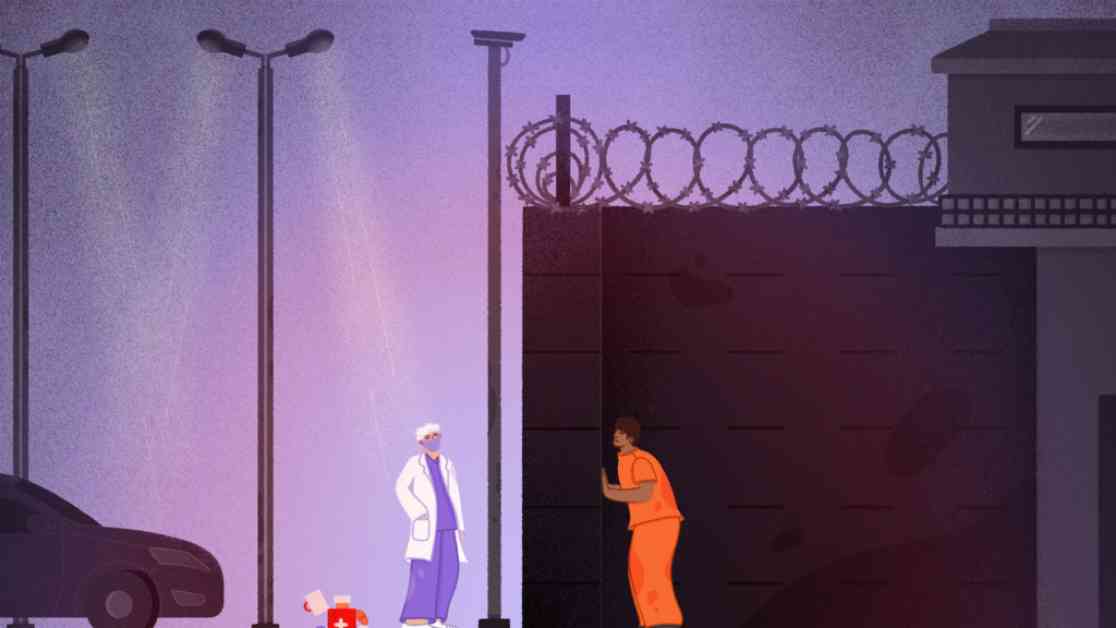James Mannion’s Tragic Tale: A Plea for Addiction Medications in Prisons
James Mannion, a father, barber, and recreational fisherman, knew what he needed to battle his opioid addiction while incarcerated in a Portland, Maine county jail. For nine months, he pleaded for buprenorphine, a medication that had helped him conquer cravings and withdrawal symptoms from heroin in the past. Despite Mannion’s repeated requests for help, he was denied access to this life-saving medication. Tragically, three days after his pleas went unanswered, Mannion was found dead in his cell from an opioid overdose.
The Widespread Crisis in the U.S. Criminal Justice System
Mannion’s heartbreaking story is just one example of a larger crisis within the U.S. criminal justice system. Across the country, jails, prisons, and law enforcement agencies are resistant to providing addiction medications like buprenorphine and methadone to incarcerated individuals, despite their proven efficacy in reducing overdose deaths and criminal recidivism.
Research has shown that access to these medications while incarcerated can significantly decrease the likelihood of death from an overdose. Yet, many facilities only offer these medications under special circumstances, if at all, leaving thousands of individuals at risk of substance use disorders untreated.
The Stigma Surrounding Addiction Medications
One of the primary reasons for the limited access to addiction medications in carceral settings is the stigma associated with these treatments. Many law enforcement officials, judges, and prison wardens view methadone and buprenorphine as simply substituting one addiction for another, rather than as vital tools in combating the opioid crisis.
This stigma has led to the proliferation of alternative treatments like extended-release naltrexone, marketed as a non-addictive option. However, recent research has shown that these alternatives may not be as effective as methadone or buprenorphine and could even increase the risk of overdose deaths among individuals with opioid use disorder.
The Slow Path to Change
While some progress has been made in incorporating addiction medications into the criminal justice system, significant barriers remain. Lawsuits, federal guidance, and advocacy efforts have pushed for broader access to methadone and buprenorphine, but change is slow.
As we navigate the complex landscape of addiction treatment in carceral settings, it is essential to recognize the human impact of these policies. Individuals like James Mannion, who sought help and were denied access to life-saving medications, represent just a fraction of those affected by the systemic barriers to treatment in the criminal justice system.
Ultimately, addressing the crisis of addiction medication access in prisons requires a concerted effort from policymakers, law enforcement officials, and healthcare providers to prioritize the well-being and recovery of individuals struggling with substance use disorders. Until then, stories like Mannion’s will continue to highlight the urgent need for change in how we approach addiction treatment behind bars.

















